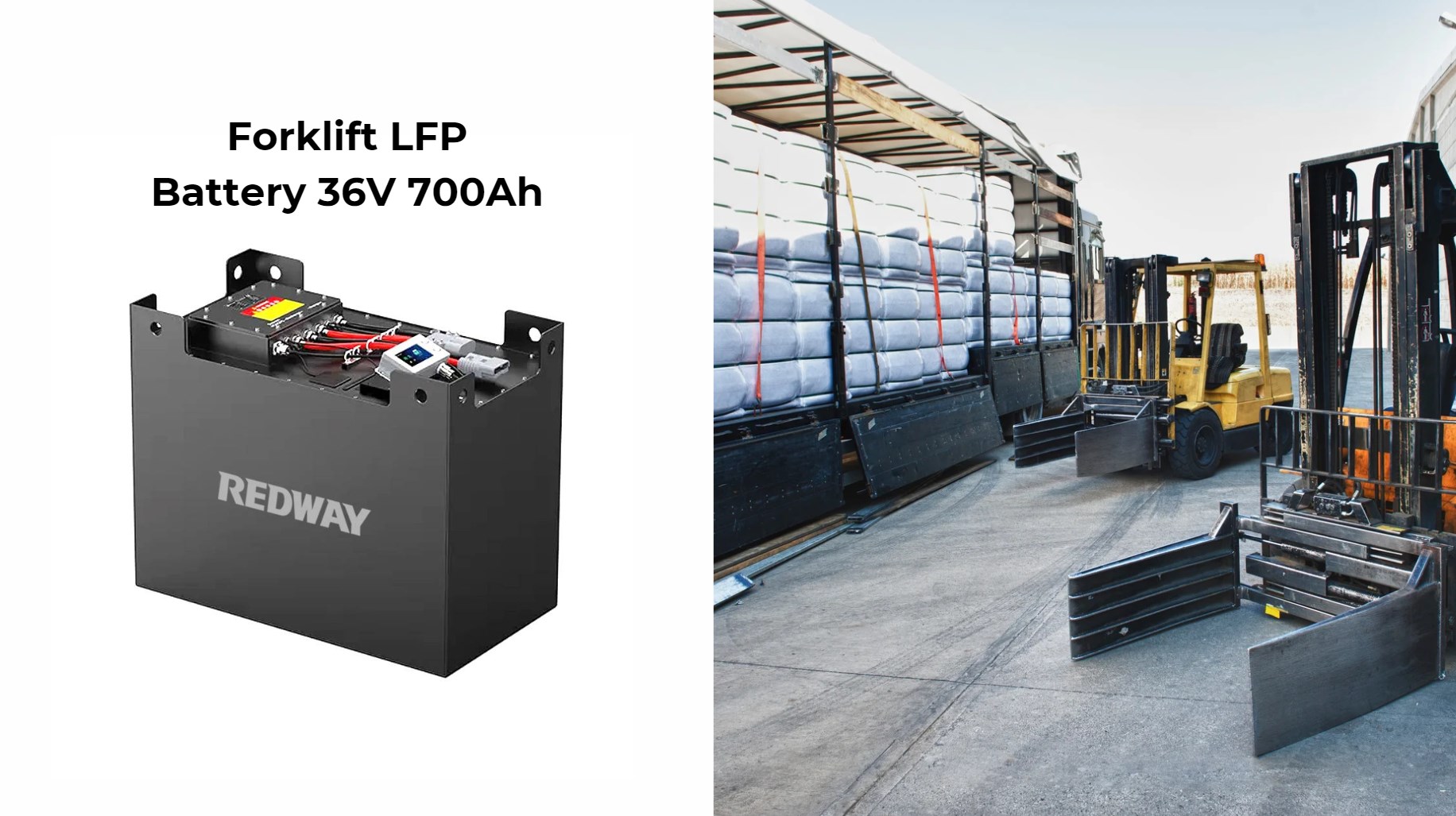To maintain LiFePO4 forklift batteries: regularly inspect connections for corrosion; ensure proper ventilation during charging; avoid deep discharges; store at moderate temperatures; and follow manufacturer guidelines for optimal charging practices to prolong lifespan.
Proper maintenance of LiFePO4 forklift batteries is paramount to ensuring their optimal performance and longevity. Adopting a meticulous approach to their upkeep can significantly enhance their lifespan, reduce downtime, and optimize material handling operations. Here, we provide an in-depth guide on how to effectively maintain your LiFePO4 forklift batteries.
Charging LiFePO4 Forklift Batteries Correctly
Charging correctly is the cornerstone of LiFePO4 battery maintenance. To maximize efficiency and lifespan, follow these best practices:
- Use Appropriate Chargers: Always use chargers specifically designed for LiFePO4 batteries. These chargers regulate voltage and current to prevent overcharging, which can damage the battery cells.
- Adhere to Charging Schedules: Establish a regular charging schedule. Avoid deep discharges and recharge the battery before it falls below 20% capacity. Frequent shallow charges are preferable to sporadic deep discharges.
- Monitor Charging Cycles: Keep track of the charging cycles. LiFePO4 batteries generally have a longer cycle life compared to other battery types, but it’s essential to monitor their cycles to anticipate when they may need replacement.
- Avoid Overcharging and Undercharging: Implement safety mechanisms to prevent overcharging. Similarly, avoid leaving the battery in a state of complete discharge for extended periods as this can adversely affect its lifespan.
Regular Equalization of Batteries
Equalizing batteries involves balancing the charge across all cells within the battery pack. This step is crucial to maintain uniform performance and prevent any single cell from becoming a weak link.
- Scheduled Equalization: Conduct equalization at regular intervals. This process helps to correct any imbalances in the cells, ensuring each cell is equally charged and discharged.
- Follow Manufacturer Guidelines: Adhere to the battery manufacturer‘s recommendations for equalization procedures. Each brand might have specific requirements or suggestions based on their design.
- Utilize Quality Equipment: Use high-quality equalization chargers that are designed for LiFePO4 batteries. These chargers provide the correct voltage and current necessary to balance the cells efficiently.
Inspection and Cleaning of Batteries
Routine inspection and cleaning are essential to prevent dirt and corrosion, which can compromise battery performance.
- Visual Inspection: Regularly inspect the battery for any signs of physical damage, such as cracks or bulges. Check for loose or corroded connections, which can impede performance and safety.
- Cleaning Procedures: Clean the battery terminals and connectors with a solution of baking soda and water to neutralize any acid buildup. Use a soft brush to remove dirt and corrosion. Ensure the battery is dry before reinstallation.
- Professional Servicing: Schedule professional maintenance checks periodically. Trained technicians can identify issues that may not be apparent during routine inspections.
Checking Water and Fluid Levels
While LiFePO4 batteries are typically low-maintenance, monitoring water and fluid levels remains crucial for overall battery health.
- Monitor Fluid Levels: Check the electrolyte levels regularly. If levels are low, top up with distilled water as necessary. Do not overfill, as this can lead to spillage and potential damage.
- Avoid Contamination: Ensure that the water added is free of contaminants. Contaminated water can introduce impurities that may affect battery performance and longevity.
- Follow Safety Protocols: Always wear appropriate personal protective equipment (PPE) when handling batteries to avoid exposure to harmful chemicals.
Maintaining Safe Operating Temperatures
LiFePO4 batteries perform best within specific temperature ranges. Maintaining these temperatures is critical to prevent degradation and ensure optimal efficiency.
- Temperature Monitoring: Regularly monitor the temperature of the battery environment. LiFePO4 batteries should ideally operate between 0°C and 40°C (32°F and 104°F).
- Avoid Extreme Temperatures: Protect the batteries from extreme temperatures. Prolonged exposure to high temperatures can accelerate degradation, while extremely low temperatures can reduce capacity and efficiency.
- Use Insulation and Ventilation: Implement insulation during cold weather and ensure proper ventilation in hot conditions to maintain a stable operating environment.
Summary of Best Practices
By following these comprehensive maintenance steps, you can significantly enhance the performance and lifespan of your LiFePO4 forklift batteries:
- Charge the batteries correctly using appropriate chargers and schedules.
- Regularly equalize the batteries to balance cell charge levels.
- Inspect and clean the batteries to prevent dirt and corrosion buildup.
- Check and maintain proper water and fluid levels.
- Keep the batteries within safe operating temperatures.
Adhering to these practices will not only optimize the efficiency of your forklift batteries but also ensure safe and reliable operation. Proper maintenance is an investment in the long-term performance and durability of your material handling equipment.





